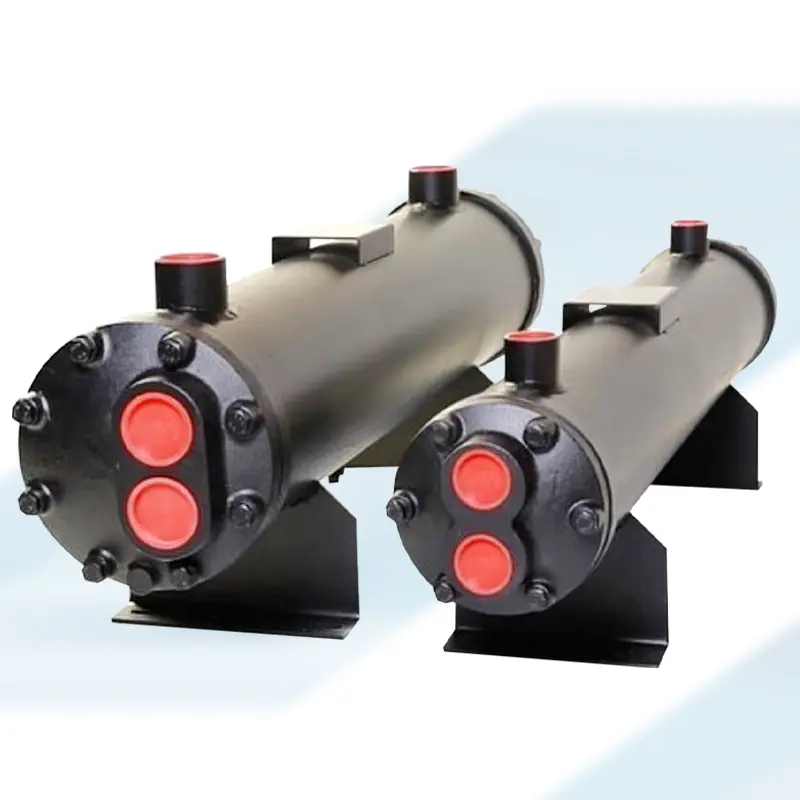
Explore Our Range of Shell and Tube Type Condenser
A shell and tube type condenser is a crucial component in various industrial applications, especially in processes that involve the transfer of heat between flowing mediums. This type of condenser consists of a cylindrical shell, typically made of metal, housing a bundle of tubes.
Abe & Hex India Private Limited offers the best quality shell tube type condensers that help in achieving superior heat exchange efficiency across a spectrum of industries. As leading Shell and Tube Type Condenser Manufacturers in India, we use only the finest materials in our manufacturing process. We source high-grade metals and alloys known for their exceptional thermal conductivity from the best vendors in the market. This ensures that every condenser is built to last, even under the most demanding conditions.
PRODUCTS GALLERY
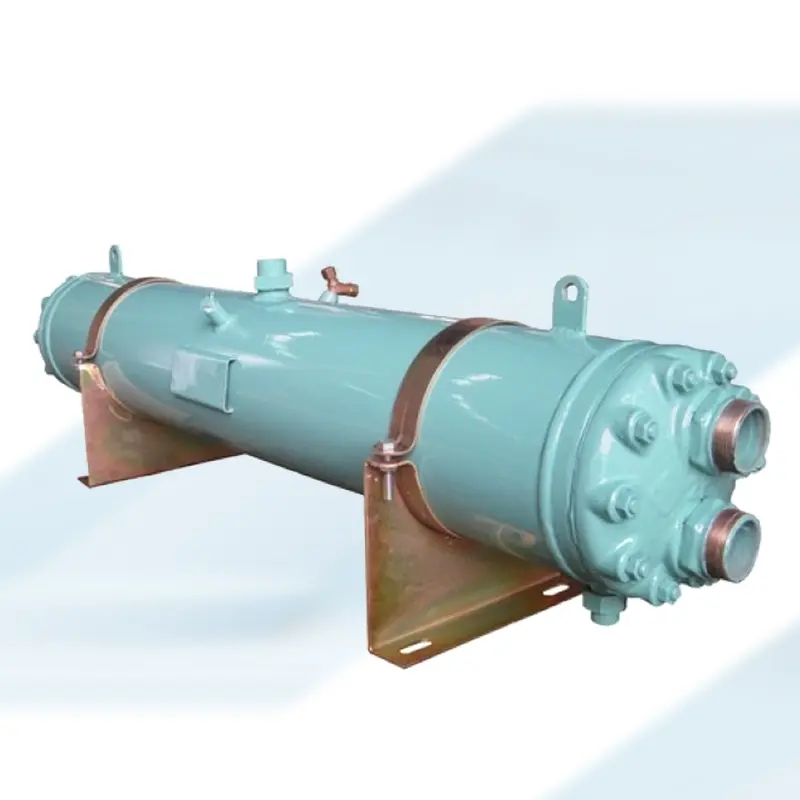
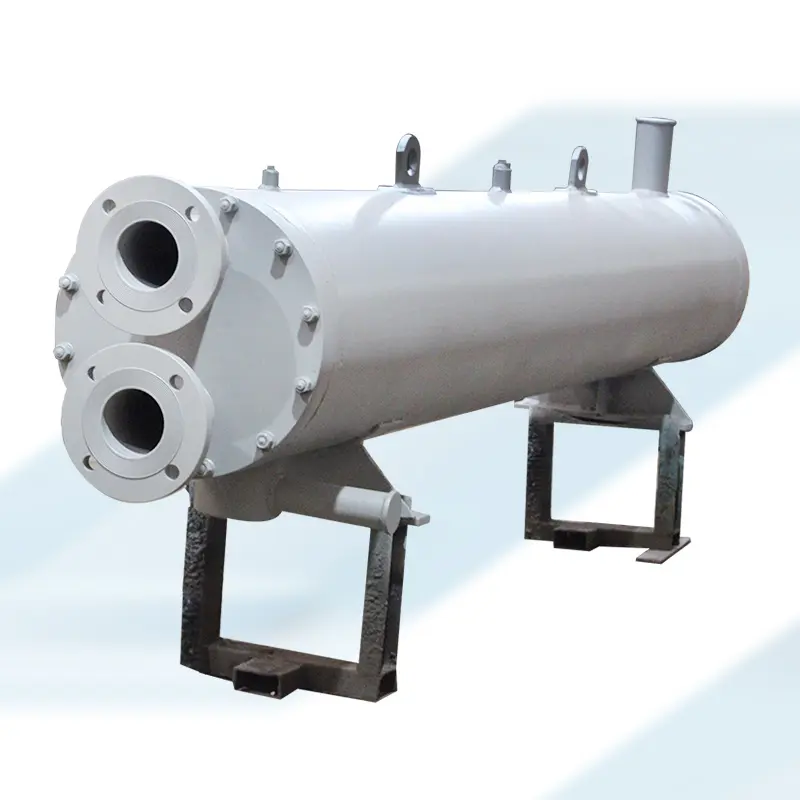
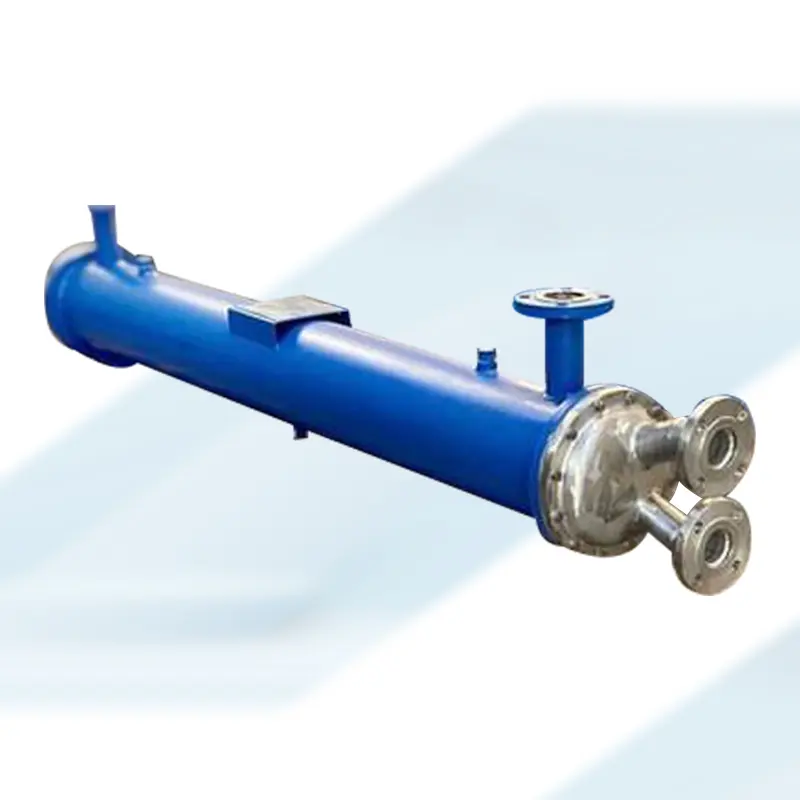
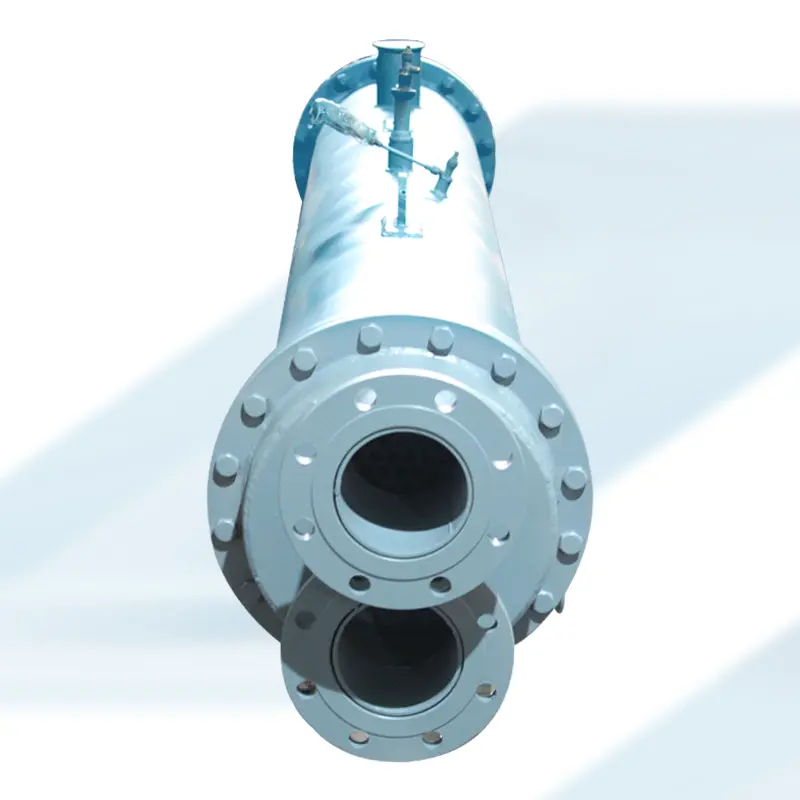
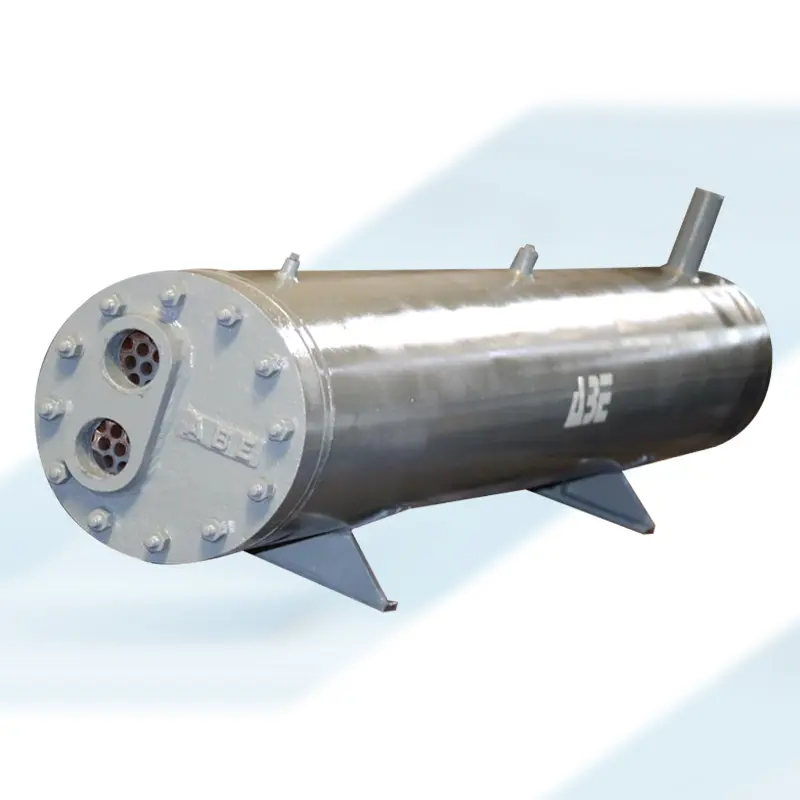
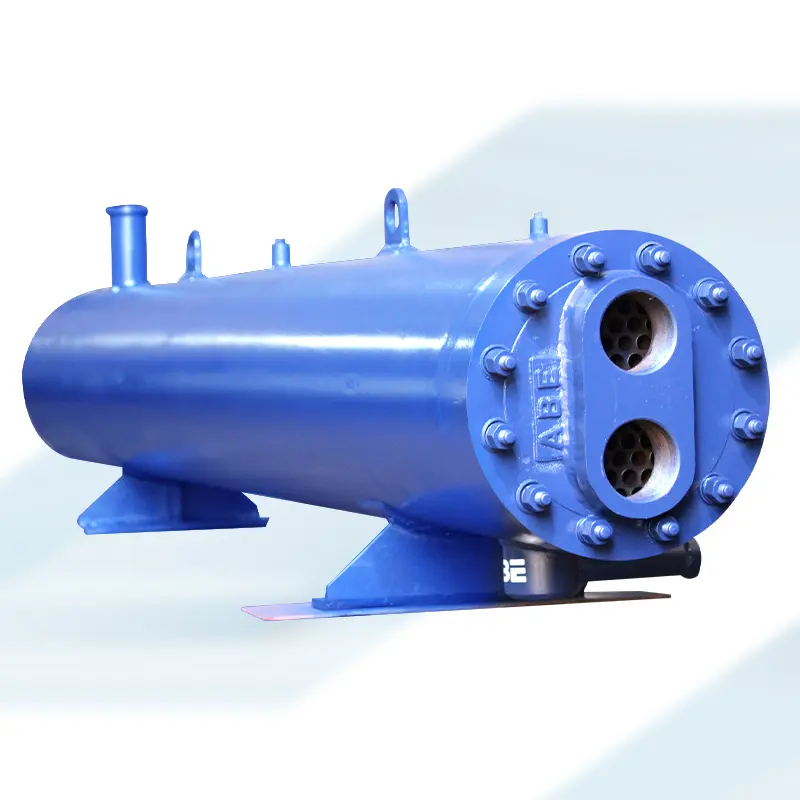
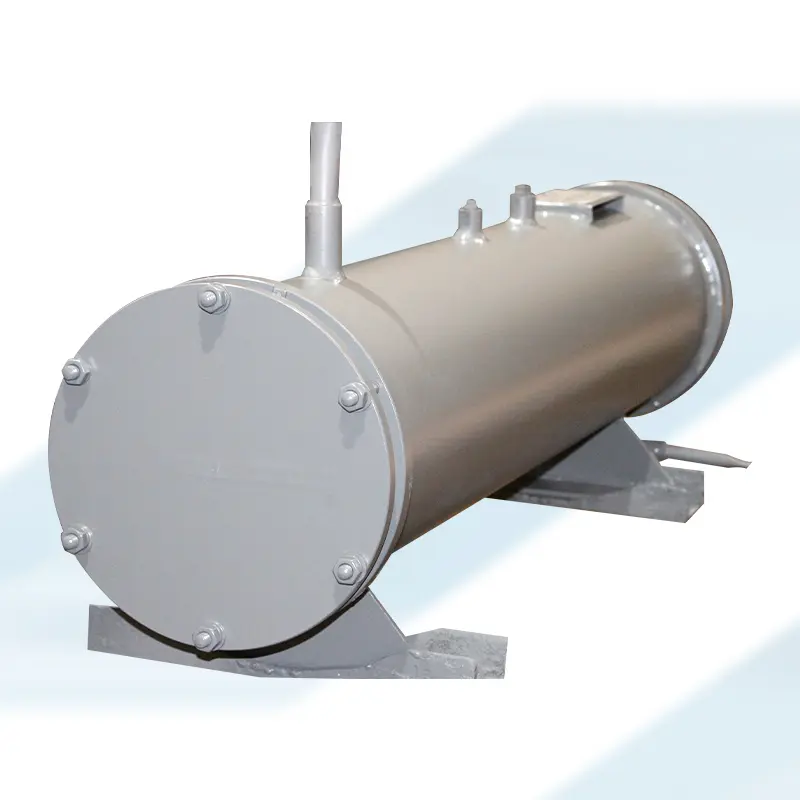
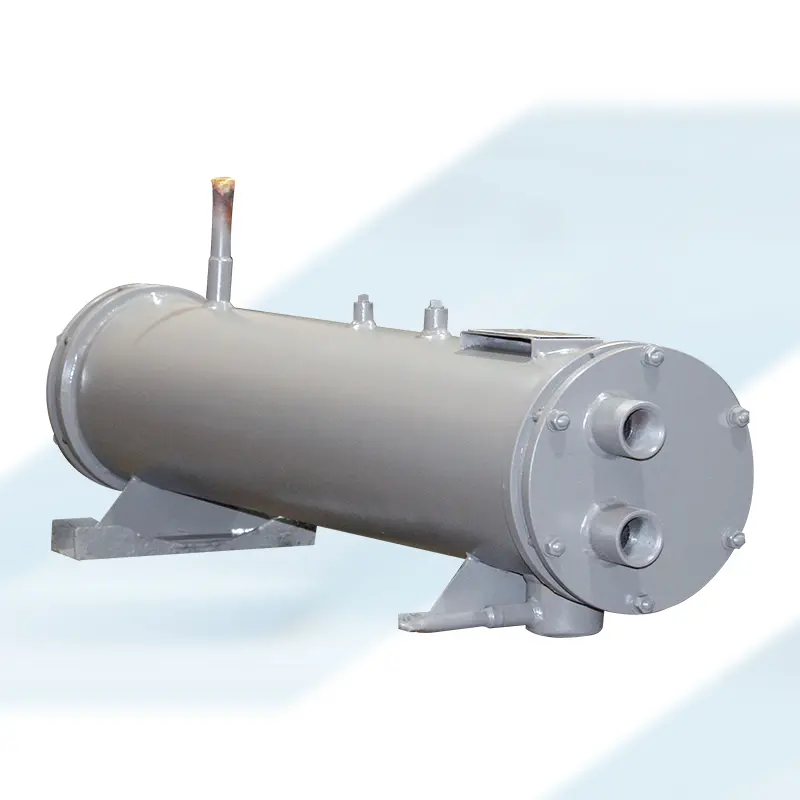
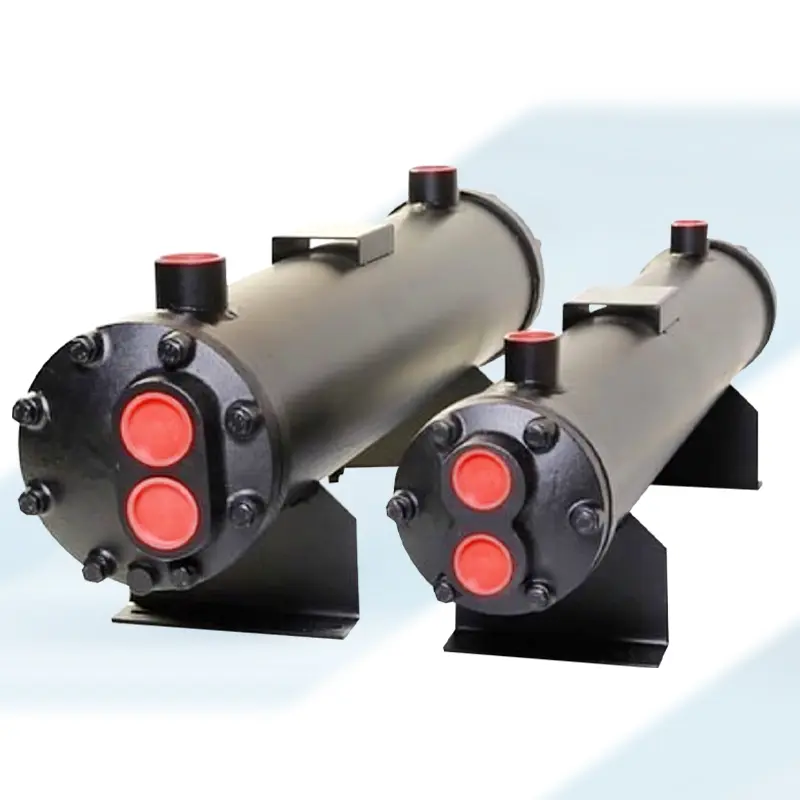
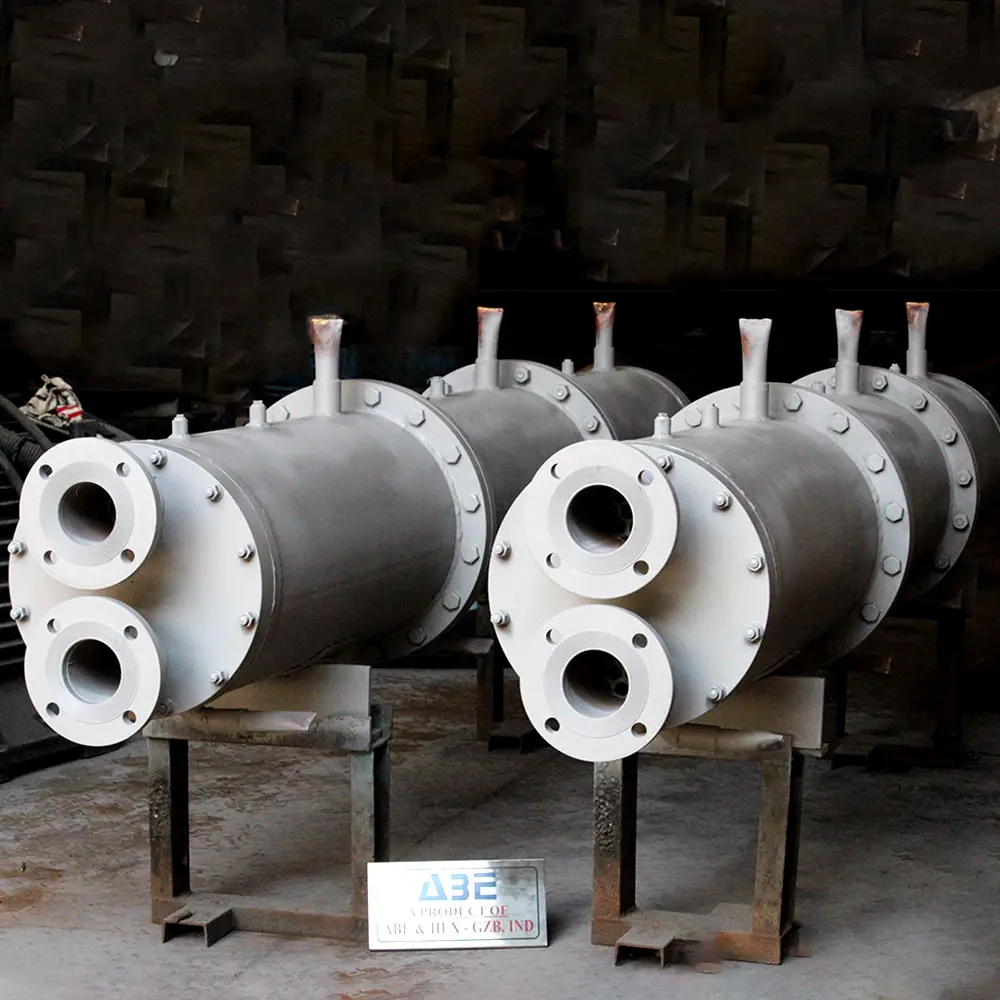
Buy Top-Quality Shell and Tube Type Condenser at Affordable Prices
Shell tube type condensers are widely used in applications where efficient heat dissipation and condensation are paramount. A hot fluid, often a vapor or gas, flows through the tubes, while a cooling fluid, usually water, circulates around the outside of the tubes within the shell. The heat from the hot fluid is transferred to the cooler fluid, causing the former to condense into a liquid state.
Upgrade your operations with our Steel Shell And Tube Condenser 5 ton – a steadfast companion. Our customers trust in the quality of our condensers which sets them apart from the rest. If you are searching for some trusted Shell and Tube Type Condenser Suppliers in India, you can contact us now. We provide you with these condensers in different configurations and capacities as required by you.

Key Features
- Easy Maintenance
- Corrosion Resistance
- Robust Construction
- Optimized Heat Transfer
- Versatile Configurations
- High Thermal Efficiency
Applications
- Power Plants
- Pharmaceuticals
- Petroleum Refining
- Chemical processing
- Petrochemical Industry
- Refrigeration and HVAC
- Food and Beverage Industry
SPECIFICATIONS
Shell and Tube Condenser: This common type allows refrigerant to flow through tubes while water flows around them in a shell. Plate Heat Exchanger: Some chiller systems use compact plate heat exchangers as condensers.
Ensure that the size and physical footprint of the condenser fit within the available space in the chiller plant.
Easy access to the condenser for maintenance and cleaning is crucial for ensuring its long-term performance.
Consider whether the condenser is equipped with built-in controls and monitoring systems for efficient operation and problem detection.
Some condenser designs may necessitate the use of fans or pumps in order to assist heat exchange or maintain adequate water flow.
Typically, the condenser is constructed from corrosion-resistant materials like copper, aluminum, or stainless steel.
Verify that the condenser is compatible with the specific type of refrigerant used in the chiller system.
Always adhere to the guidelines for installation, operation, and maintenance suggested by its manufacturers.
The heat transfer surface area of the condenser is designed to efficiently transmit heat from the refrigerant to the cooling water.
Make sure the condenser complies with environmental regulations and safety standards.
The condenser should feature connections for the flow of refrigerant in and out of itself.
The condenser will be equipped with connections for the supply and return of cooling water.
